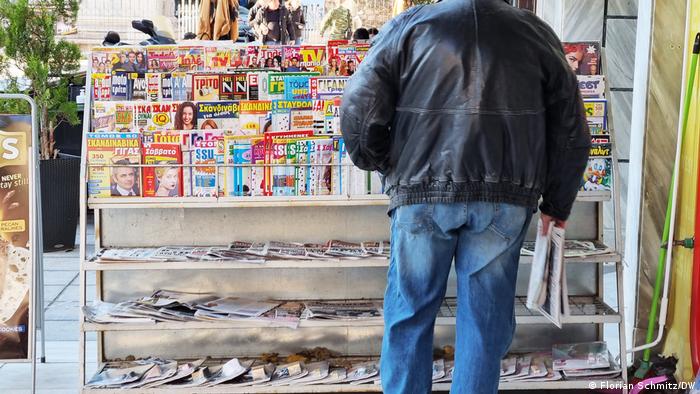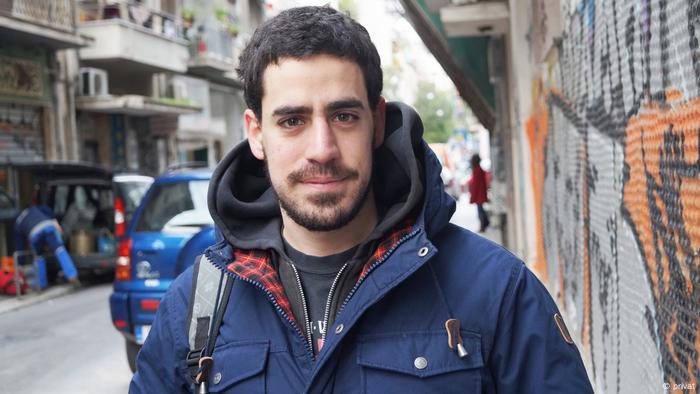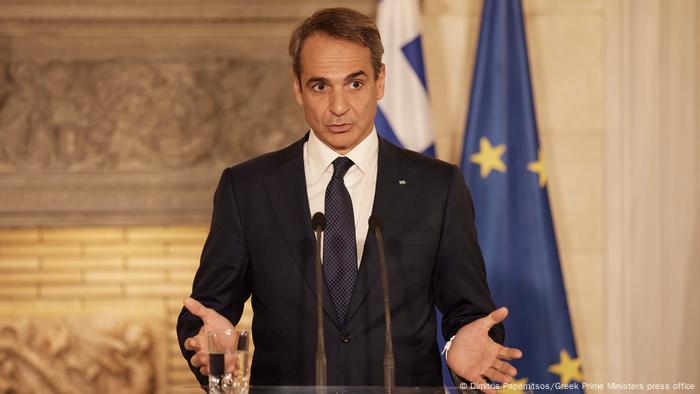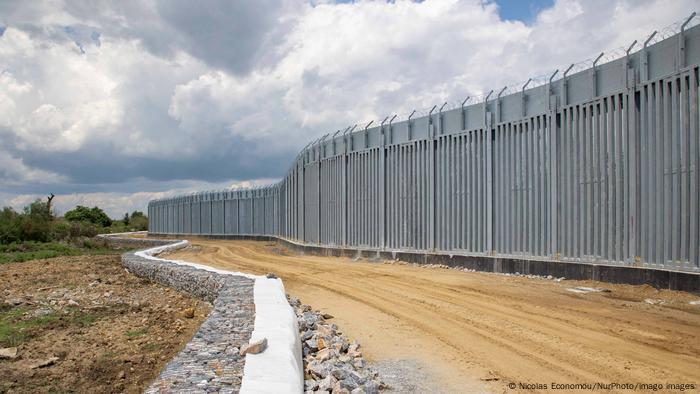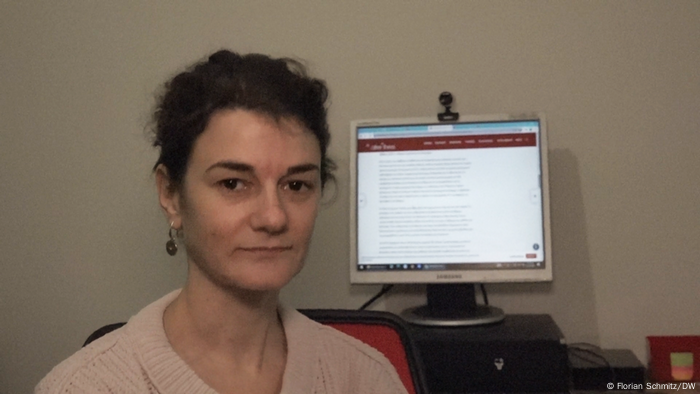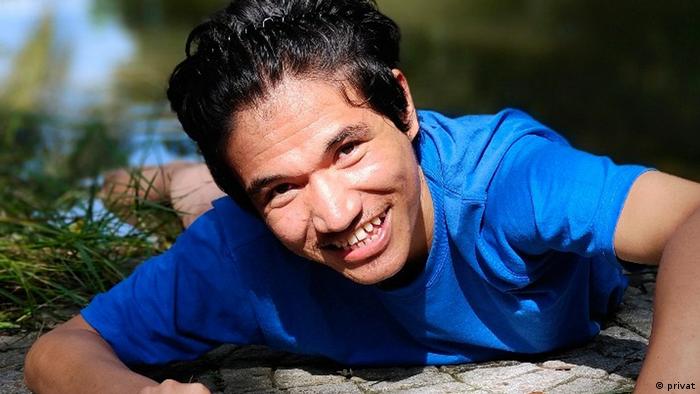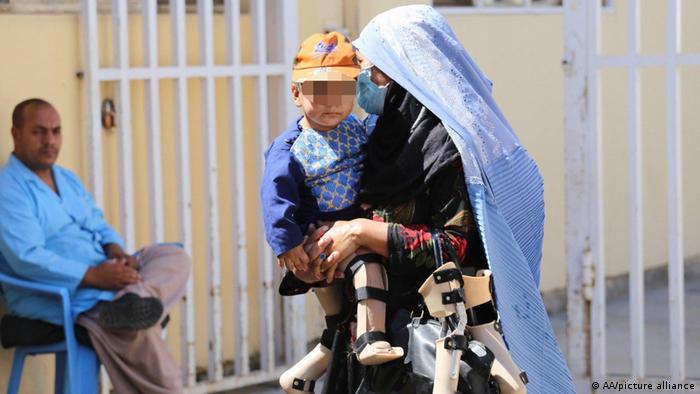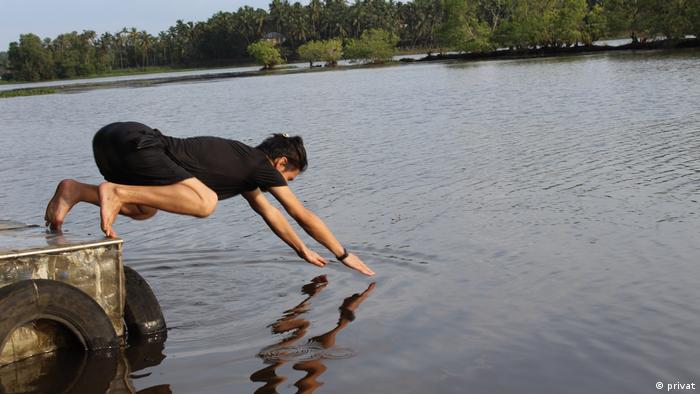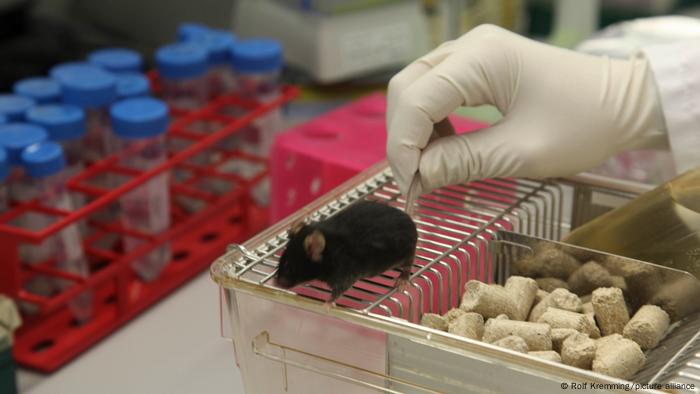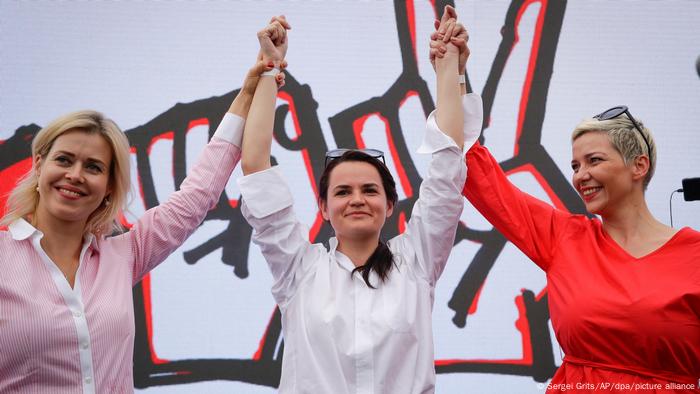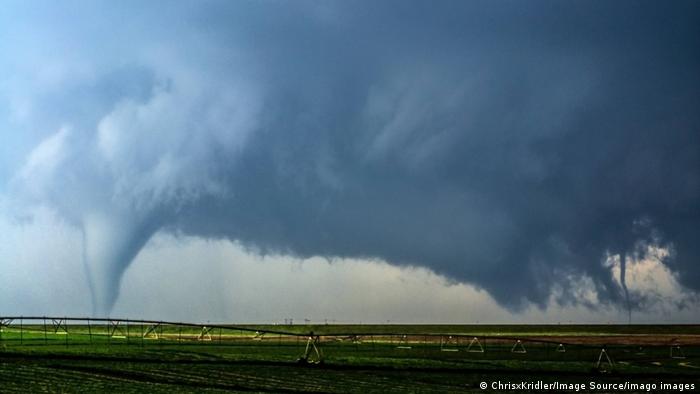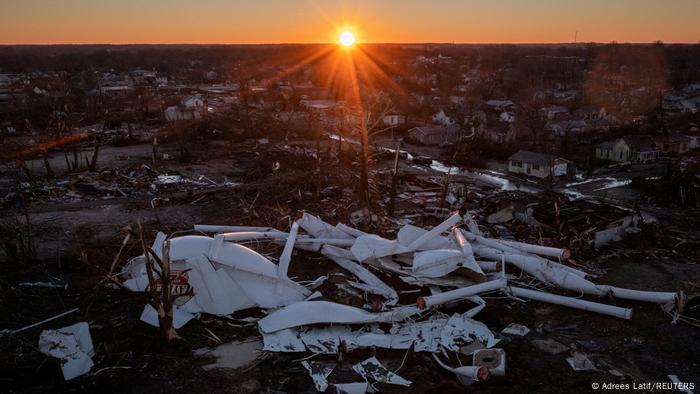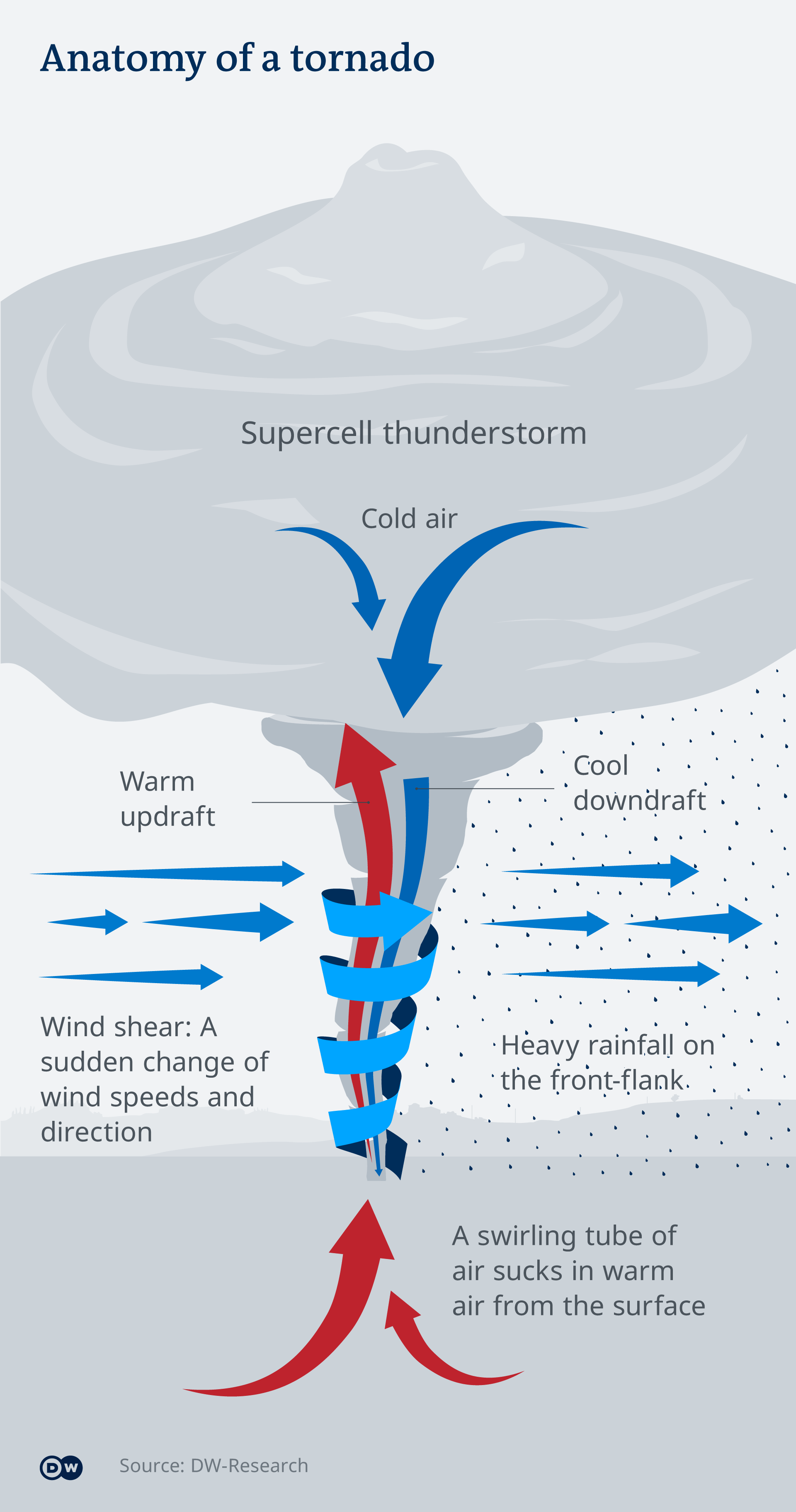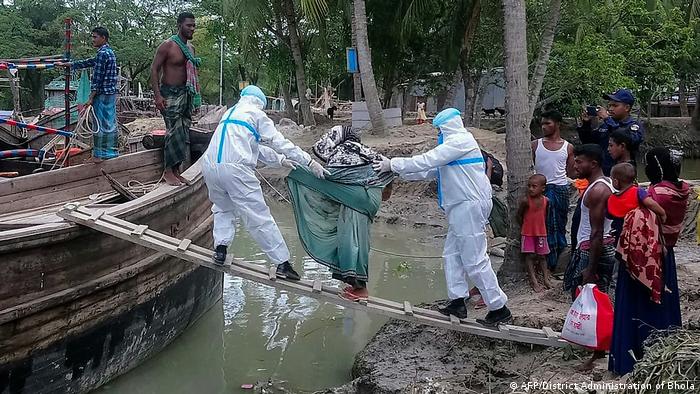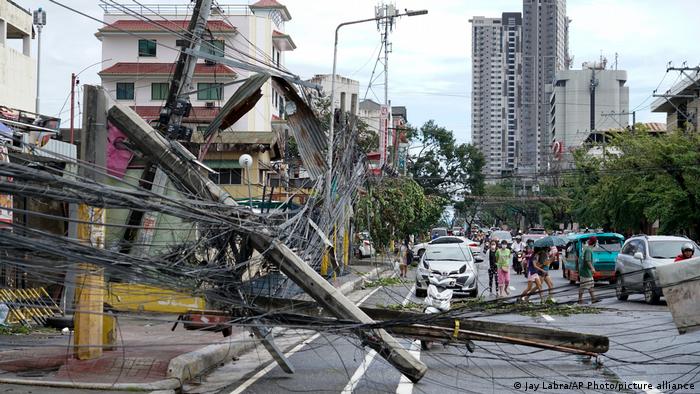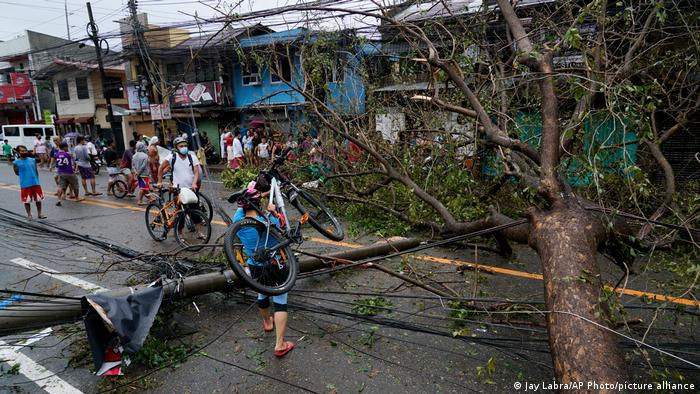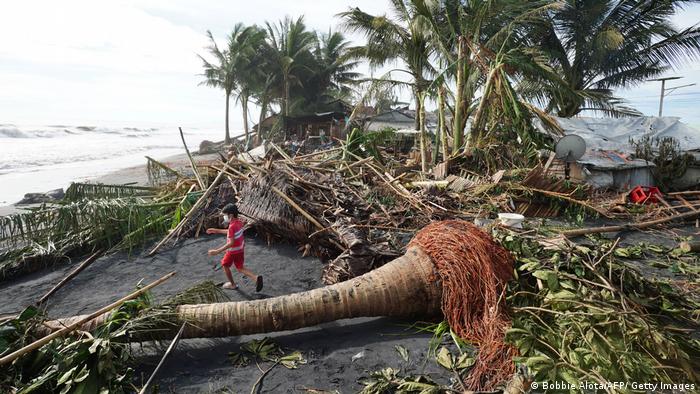UNESCO adds traditions to its Intangible Cultural Heritage List
Music, performances and ancient crafts: UNESCO has added different customs to its list of global cultural treasures to be protected. Here a selection in pictures.

The devil is part of celebrations at the Corpus Christi religious festivity in Panama
On December 15-16, UNESCO added dozens of traditions it deemed worthy of being cherished and preserved to its Intangible Cultural Heritage List.
Here are just a few of them.
Dances and expressions associated with Corpus Christi festivities
Panama's Corpus Christi religious festival, which celebrates the body and blood of Christ, combines elements of Catholic tradition with music, theater and burlesque performances involving colorful costumes and masks.
One of the main performances is held a day before the festival, and depicts a battle between good and evil, with an archangel taking on the devil and his legion. Participants then dance in a procession led by a priest carrying the Eucharistic bread, or host, which in Catholic tradition represents the body of Christ.
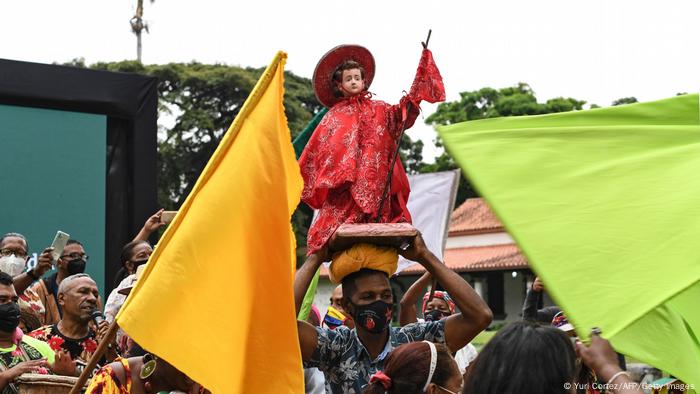
San Juaneros, who celebrate Saint John the Baptist in Venezuela, held a procession following
the UNESCO announcement
Festive cycle of devotion and worship of Saint John the Baptist
In Venezuela, the feast of Saint John the Baptist is accompanied by drumming, dancing, storytelling, singing and processions dedicated to the saint.
The celebration is anchored in Catholicism but is also deeply connected with other forms of expression transmitted from sub-Saharan Africa, as the tradition was developed by Afro-Venezuelan communities under colonial rule in the 18th century.
The exact dates of the cycle of festivities vary according to regions; in many communities they start in early May and end mid-July, climaxing on June 23 and 24, the latter marking the day the saint was born.
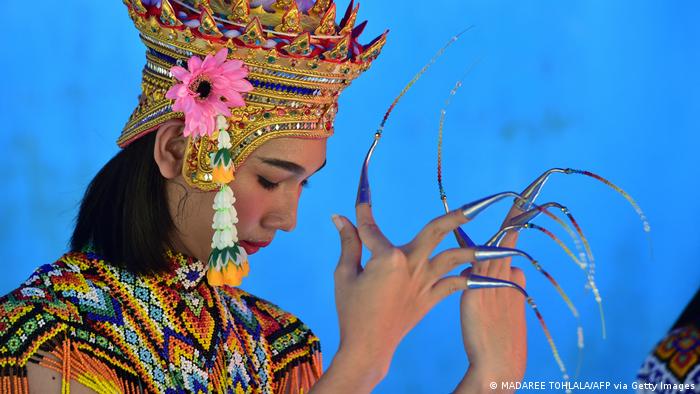
A nora performer in the southern province of Narathiwat, Thailand
Nora dance
Nora performers wear long, metallic fingernails curling out from their fingertips and colorful costumes, headdress and wings that give them a bird-like appearance.
Through acrobatic dance theater and improvisational singing, accompanied by ensemble music, nora performances depict stories about the former lives of Buddha or other legendary heroes.
The more than 500-year-old tradition from southern Thailand has great cultural importance for local communities, as the art form allows them to strengthen social bonds and develop regional music and literature.

A genre popular beyond Congo: Here people in Côte d'Ivoire pay tribute to the late
Congolese rumba star Papa Wemba
Congolese rumba
Practiced at home, in public and in religious spaces, rumba is a dance and a musical genre that is part of all types of celebrations, including mourning rituals.
Women have played an important role in developing the religious and romantic styles of the rumba.
The smooth, groovy musical genre also significantly contributes to the economy of the Democratic Republic of the Congo and the Republic of the Congo, with musicians making a living not only from performances but also by manufacturing instruments.
Rumba is an essential element of the identity of Congolese people, with all generations finding a common language in the tradition.
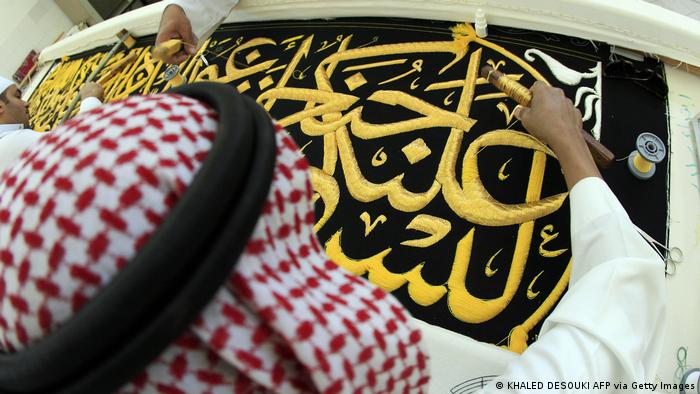
Beyond books: Arabic calligraphy is an art with endless potential for diversity, from
embroidery to calligraffiti
Arabic calligraphy
Arabic script is characterized by a fluid cursive style, offering countless possibilities for calligraphic expression.
The 28 letters of the Arabic alphabet, written from left to right, take on four different forms depending on their position in words and sentences.
Traditionally, it uses calligraphic ink made from a mixture of honey, black soot and saffron; natural materials are also used to make qalam, or reed pens.
Arabic calligraphy also appears as a decorative element in various forms, from wood carvings to embroidery. Its modern variant includes "calligraffiti" painted on walls, signs and buildings.
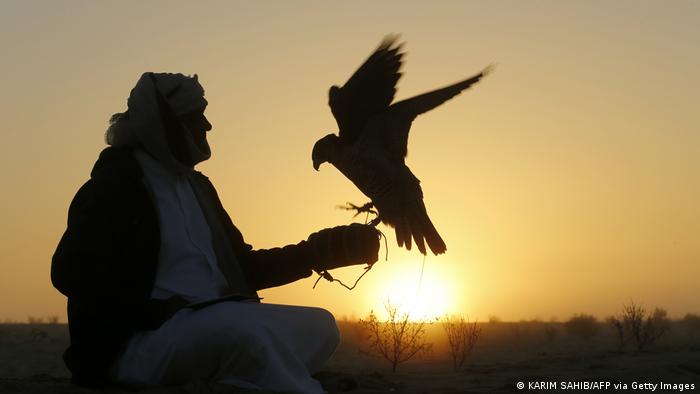
Traditionally a sport for royals, today falconry competitions are held internationally
Falconry
Training falcons — as well as various other birds of prey — is a more than 4,000-year-old tradition, with documents detailing how it was practiced in different parts of the world in early and medieval periods.
Falcons were initially flown to obtain food, but the art of falconry has since developed into a social and recreational activity allowing people to connect with nature.
Practiced in various parts of the world — including Germany and many European countries, but also Asian countries like Kyrgyzstan, Mongolia or Korea, as well as different Gulf countries — falconry involves creating a bond between the falconer and the bird through breeding, training and rearing.

A traditional tbourida performance in Rabat, Morocco
Tbourida
Tbourida, a Moroccan equestrian performance, dates back to the 16th century.
Following ancient rituals, riders and horses perform an acrobatic routine that simulates a succession of military parades.
Dressed in period costumes representing their tribe or region, riders often give spiritual significance to the event, in which customs are learned through oral tradition and observation.
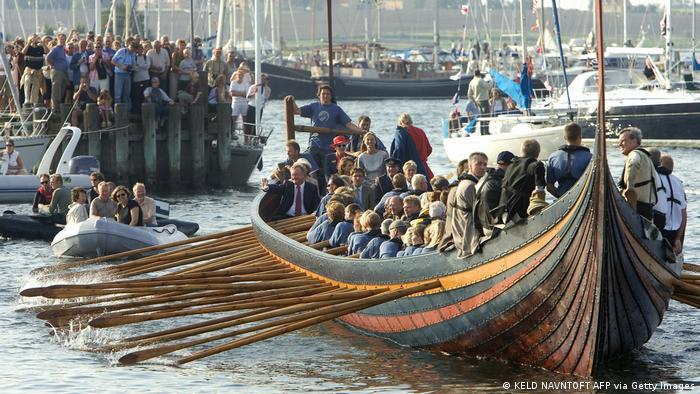
This vessel is a faithful reconstruction of a 30-meter Viking longboat
Nordic clinker boat traditions
These elongated wooden boats have been built by Indigenous peoples in Nordic regions for almost 2,000 years and are a trademark of Viking navigation.
Boat makers still use traditional techniques today, fastening thin planks to a keel and strengthening the shell of the boat with frames.
Clinker boats were traditionally used for fishing and transportation but today they are mainly used in traditional festivities and sporting events.
Social practices linked to the clinker boat include ceremonies held before a maiden voyage. Traditional songs are also associated with their sailing and rowing.
The complete list of UNESCO's list of Intangible Cultural Heritage can be found here.
Edited by: Sarah Hucal
